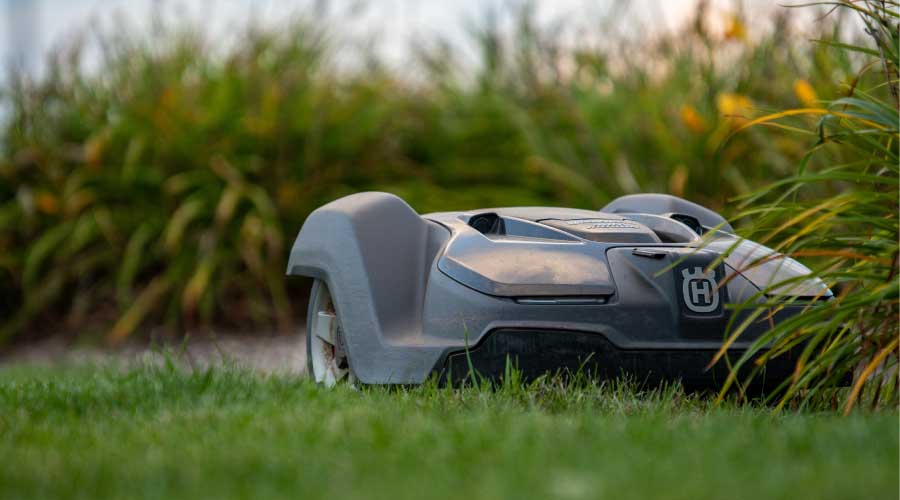Landscape Changing for Mower Specification
As pressure mounts in institutional and commercial facilities to keep costs down and maximize each investment, many grounds managers find that others in the organization are becoming more involved in their equipment purchases.
"A lot of the decisions regarding products have moved away from them, not by choice, to the procurement or sourcing side because there's more focus on price and acquisition cost, versus total cost of ownership," Conry says. One effect of this shifting specification landscape is that managers — especially those in smaller organizations — are having to work harder to make their voices heard when big-tickets purchases are made.
"If it's a city with one purchasing agent doing everything, he or she has less luxury (in terms) of time to satisfy all the agencies and all the buying categories, including mowers," Sliefert says. "But larger agencies, like the city of Minneapolis, have a whole department of procurement people. They have the luxury of more people spending time on specific categories."
Because of this changing landscape, manufacturers are offering more resources designed to help managers make the case for a particular model.
"We'll help them with comparative spreadsheets, where they can show total purchase costs," Conry says. "They can do a comparison of different productive type machines, where you include the labor costs. So today you have a fleet of four zero-turn mowers that are 60 or 72 inches wide, and you have four operators and all of those costs. Is it more effective to go to one 11-foot machine and one smaller machine to do the same amount of work?"
A Closer Look at Leasing
Grounds managers in the market for big-ticket equipment, such as mowers, tend to focus on the purchasing option first. But they have a choice.
Managers "have the option to lease, as well," says Paula Sliefert, senior product manager with The Toro Co. "A lot of public entities don't do that, but they can. A lot of them don't understand that this is a category of equipment that you could consider it."
Why do managers overlook the leasing option?
"That has always befuddled me because they do it with their copy machines," she says. "They may ultimately decide that leasing is not the best approach for their institution, but it certainly should be considered. Leasing is one area we would spend time to educate them on. 'Do you want to buy straight out, do you want to buy some and lease some, or do you want to totally lease?' "
In some cases, a manager's approach might depend on his or her background in budgeting and finance.
"Some of them aren't as financially secure in their abilities to understand that they should consider those three options to determine the best approach," she says. "So if you decide to lease — as the entity does — in some cases, it can come out of their operating budget instead of their capital budget. But they generally don't understand leasing with regard to our category of equipment very well."
— Dan Hounsell
|
Related Topics:













